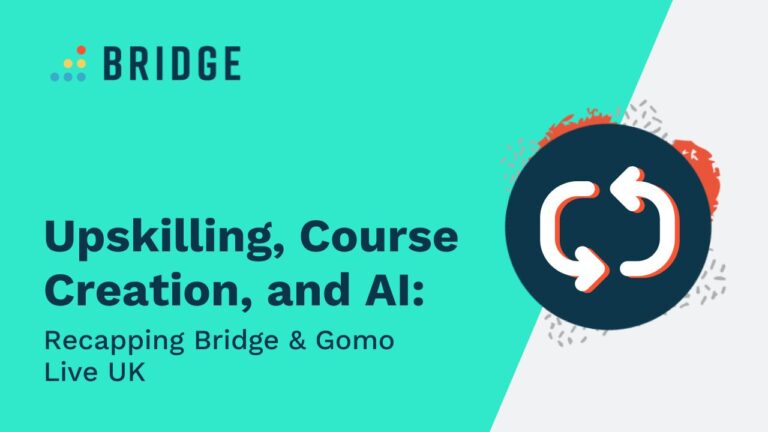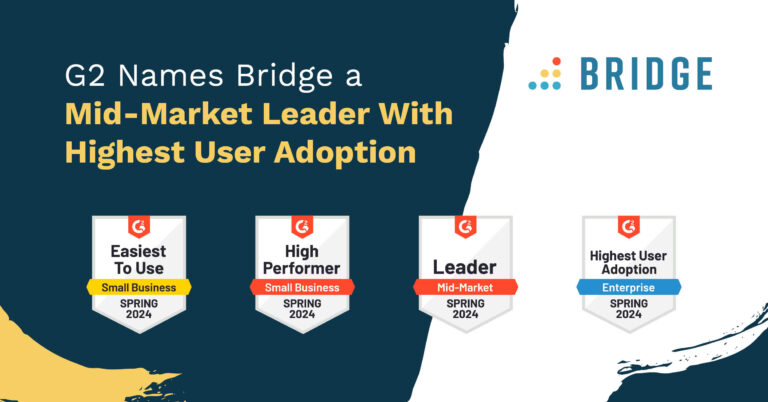Talent management is a growing field. In a recent survey by Cranfield School of Management 60 percent of businesses said talent management was essential to the bottom line. Focusing on talent development alongside performance management can help your company grow and develop, while giving you trackable information about the progress of your employees and organization.
Many managers and leaders see the benefits of a talent management program, but don’t know where to start. Here are a few key questions for your learning and development (L&D) team as you try to implement your own approach.
Why Does Employee Talent Development Play a Crucial Role in Your Organization’s Learning and Development Efforts?
Talent development helps both to retain and attract the talent you need. Employees are looking for a job with an established environment where growth and development are encouraged.
What is Our Organization’s Mission?
This might seem simple, but having a base to build off of is necessary for any L&D department. If there is no direction for the team to work with, they’ll have a hard time creating meaningful talent management for your organization.
For some this is going to be an easy step, but for others this is a forgotten or overlooked question. If your business does not have a sense of direction or goals, your L&D department will have a hard time providing the growth and development you are looking for.
If your organization already has a mission, some other questions that also help establish a strong foundation for your L&D team are questions like:
- Who is our customer?
- What does the customer value?
- What are our results?
- What is our plan?
When you establish answers to these questions early, your L&D team can better help you reach your outcomes.
What Role Should Learning and Development Play?
Learning and development is more than just an optional activity for employees that gets in the way of their job. Learning and development can play a major role in the progress and promotion of employees, and become an essential part of your organization.
For some companies employee involvement and completion of learning and development tasks are directly related to raises and internal promotions. Through this inclusion of learning and development in their organization, they were able to see measurable changes.
What Role Does the Talented Individual Play?
Personal ownership of your talent training is a necessity. Employees must see how they are an important part of the overall program.
Your L&D department can do a lot of the heavy lifting, but if your employees are not involved, it will all be for nothing. On average only 15% of employees are engaged in their work. If you want to find success, you have to better engage your employees and give them a role in the process.
Involving your talented employees is not limited to the number of trainings they attend. Employee involvement can include mentoring, leadership opportunities, teaching a training, or investment in personal goals.
How Do You Encourage Broad Thinking about Development?
Development is measured differently by each person. When you are working on your talent management program, you need to be considerate for growth and development for each of your employees who are on their own path.
Your employees might take some similar steps, but talent development for your veteran employee is going to be measured and recognized very differently than for your new hire. Making sure you are recognizing, encouraging, and supporting those differences between your employees is essential.
One of the best ways to encourage each employee to take ownership of their progress and development is by having them involved in the process. If goals and standards are always prescribed, employees will feel like they are not connected to the program. By being able to put their own interests, talents, or hobbies as part of their development, they become more attached to their goals, and will ultimately work harder to complete those goals.
The Bridge Employee Development Platform can do a variety of things to enable your talent management program’s success. Check out our guide on How to Retain Your Best Employees to learn more.



